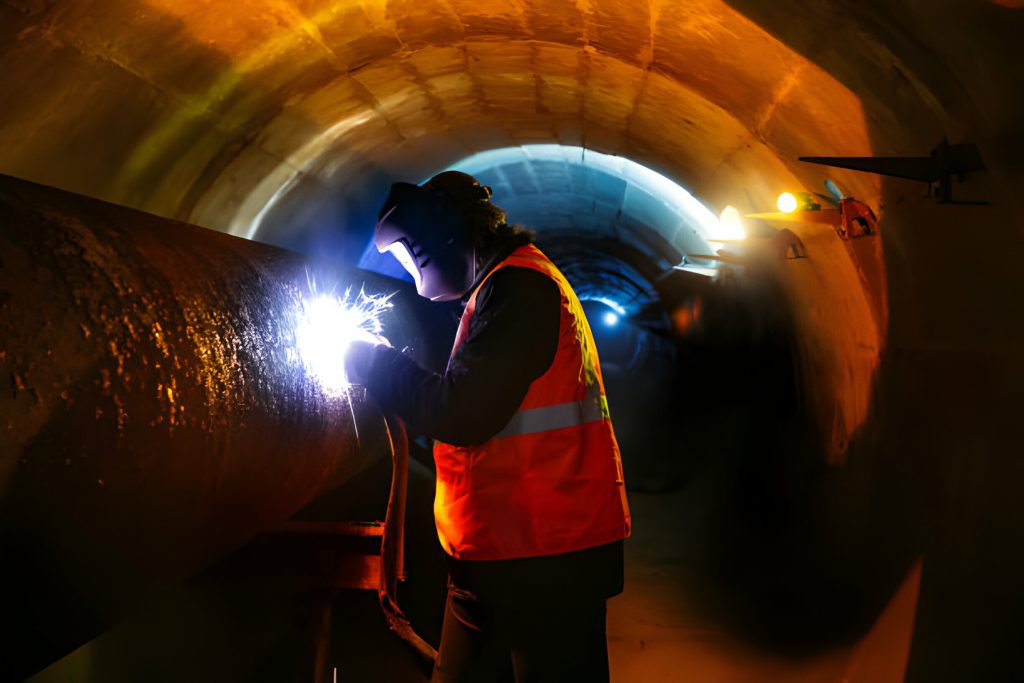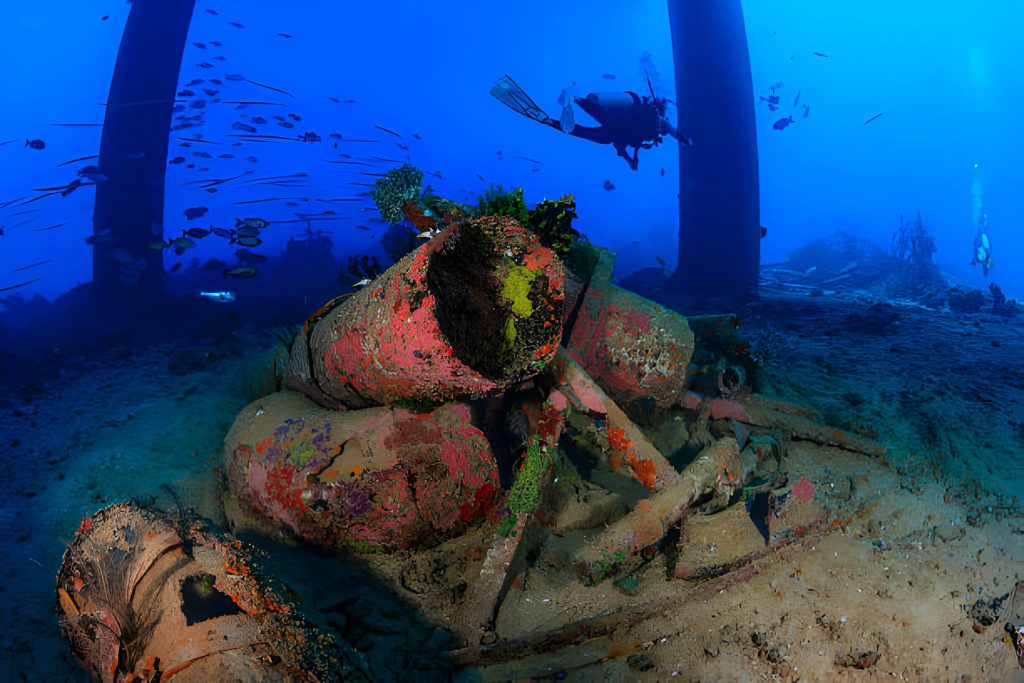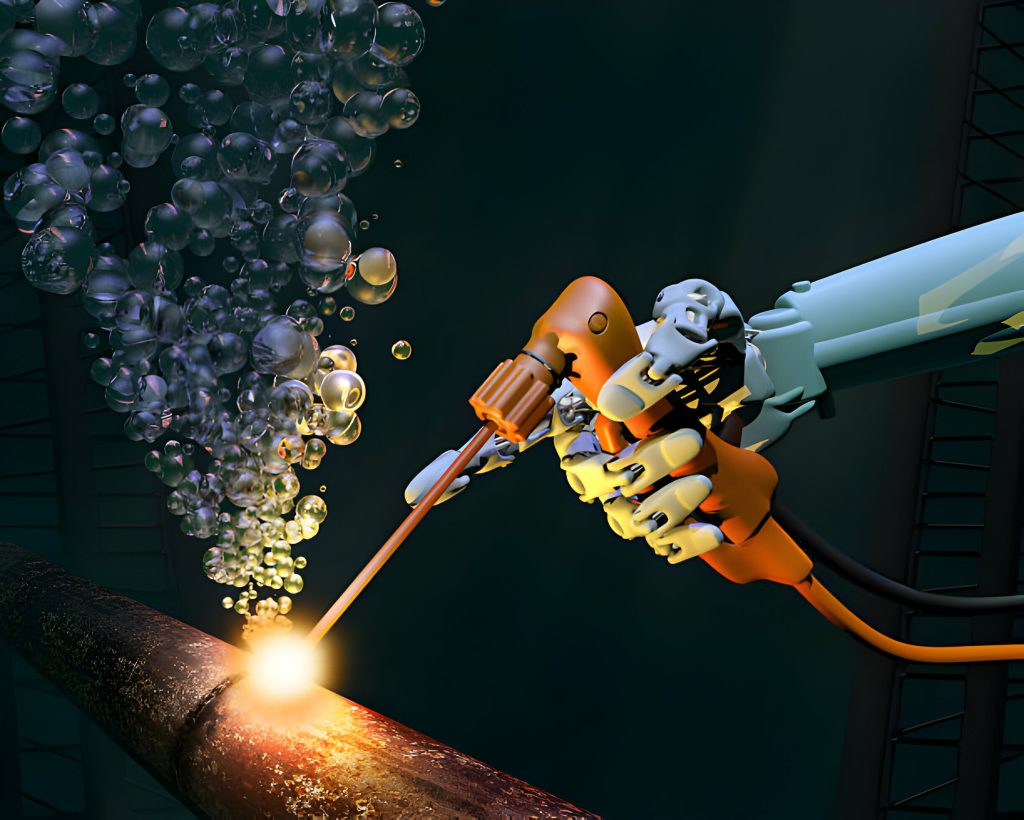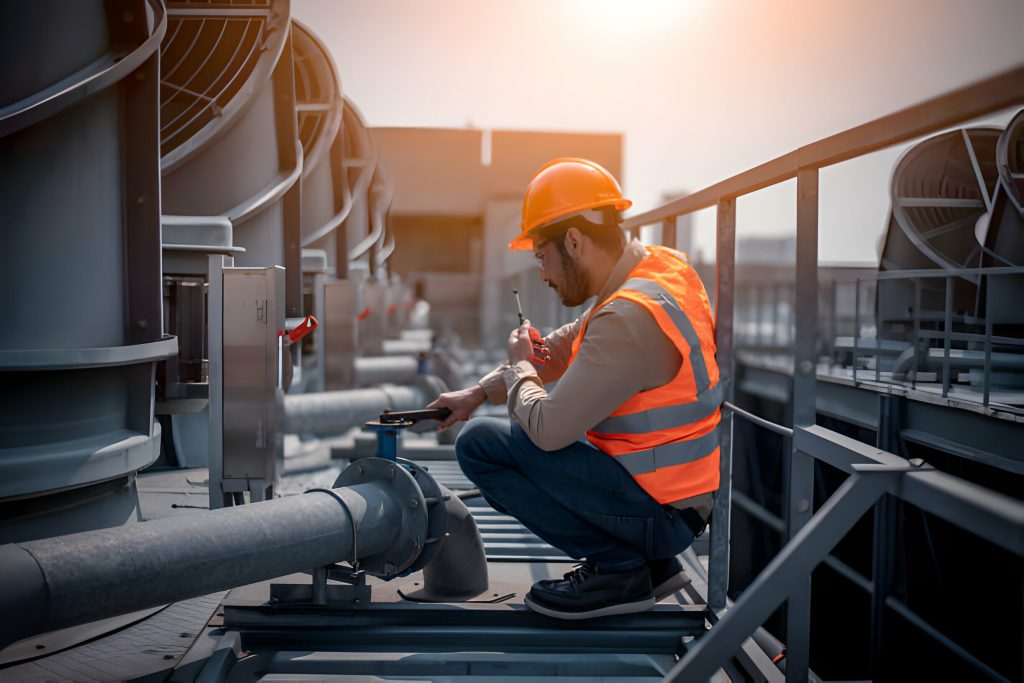
Corrosion Prevention Strategies
Cathodic protection is a widely used method to prevent corrosion in submerged metal structures. It involves making the metal structure the cathode in an electrochemical cell by attaching a more easily corroded sacrificial anode or using an impressed current.

![[GetPaidStock.com]-65e0457d63ee1 [GetPaidStock.com]-65e0457d63ee1](https://onion-shop.com/wp-content/uploads/2024/10/GetPaidStock.com-65e0457d63ee1.jpg)


